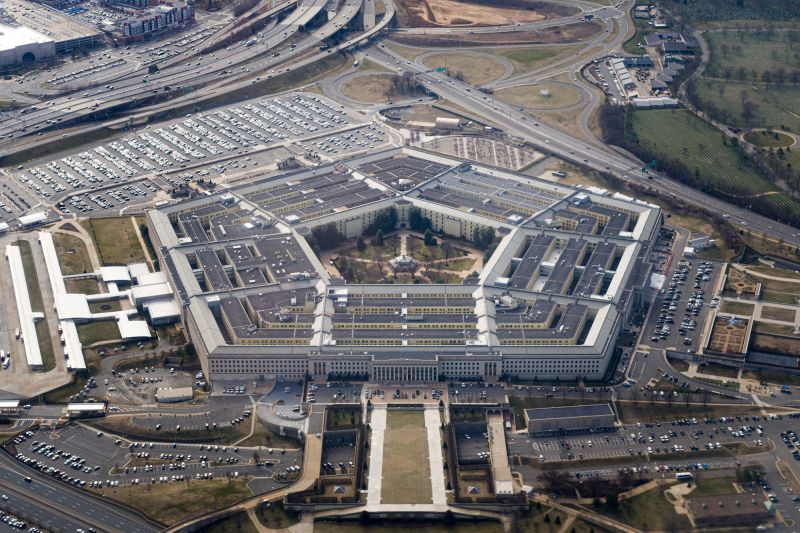
A high-altitude balloon with Chinese connections that was capable of monitoring, flew over the US mainland in February before being shot down over the Atlantic. Many details about the balloon were unknown to the general public at the time, but a recent cache of Pentagon documents leaked on Discord show it — and up to four other similar spy balloons that were previously unknown — It may have had a feature known as “synthetic aperture radar” that can see through specific objects, according to the Washington Post.
Real aperture radar cannot produce high-resolution images without an impractically massive antenna
A 21-year-old airman in the US National Guard named Jack Teixeira was detained on Thursday in relation to the disclosures. US intelligence organizations held this belief because of the balloon’s capability to produce up to 10,000 watts of solar power, which is sufficient to power a standard home. Officials called the balloon Killeen-23 in apparent homage to 1940s mobster Donald Killeen. (https://vallartainfo.com/) “The amount of solar power generated by the panels on the Chinese stratospheric balloon that NSA named Killeen-23 is excessive for a weather balloon,” the document reads.
Real aperture radar cannot produce high-resolution images without an impractically massive antenna, which is the issue that synthetic aperture radar addresses. According to NASA, SAR “synthesizes” a big antenna, but the idea is the same: it sends electromagnetic energy bursts to something on Earth, and a sensor records the wavelength of energy it receives back. The radar may then recreate whatever objects are below the energy beam using the sensor inputs.
The documents also show that certain functions of the balloon are still unknown to US intelligence
SAR can “see” in the dark, as well as through clouds, smoke, soil, and rain because it doesn’t use photography but rather electromagnetic data to produce a high-resolution image. In contrast to cameras, which can only capture what is clearly visible from above, they can also aid in three-dimensional reconstructions. Science organizations like NASA and the European Space Agency utilize the technique, which was developed in 1951, all over the world to examine the topography of the earth.
It is also used to spy on enemies during battle. A Canadian satellite provider recently aided Ukraine by giving authorities access to SAR imagery. Officials from Ukraine were able to keep an eye on Russian army movements in bad weather and overcast days thanks to the imagery. As several sensors on the gadget are marked as “unidentified” in images, the documents also show that certain functions of the balloons are still unknown to US intelligence.
